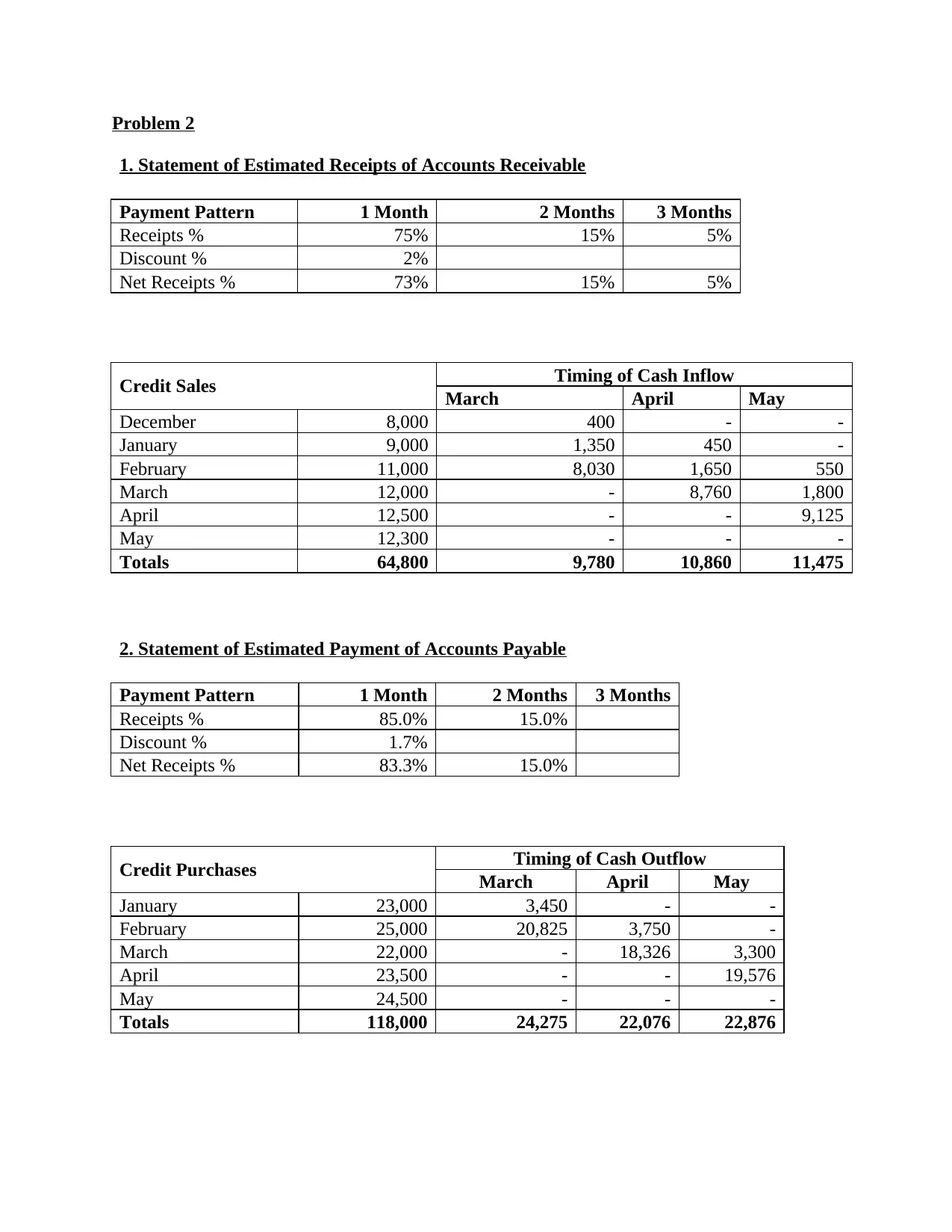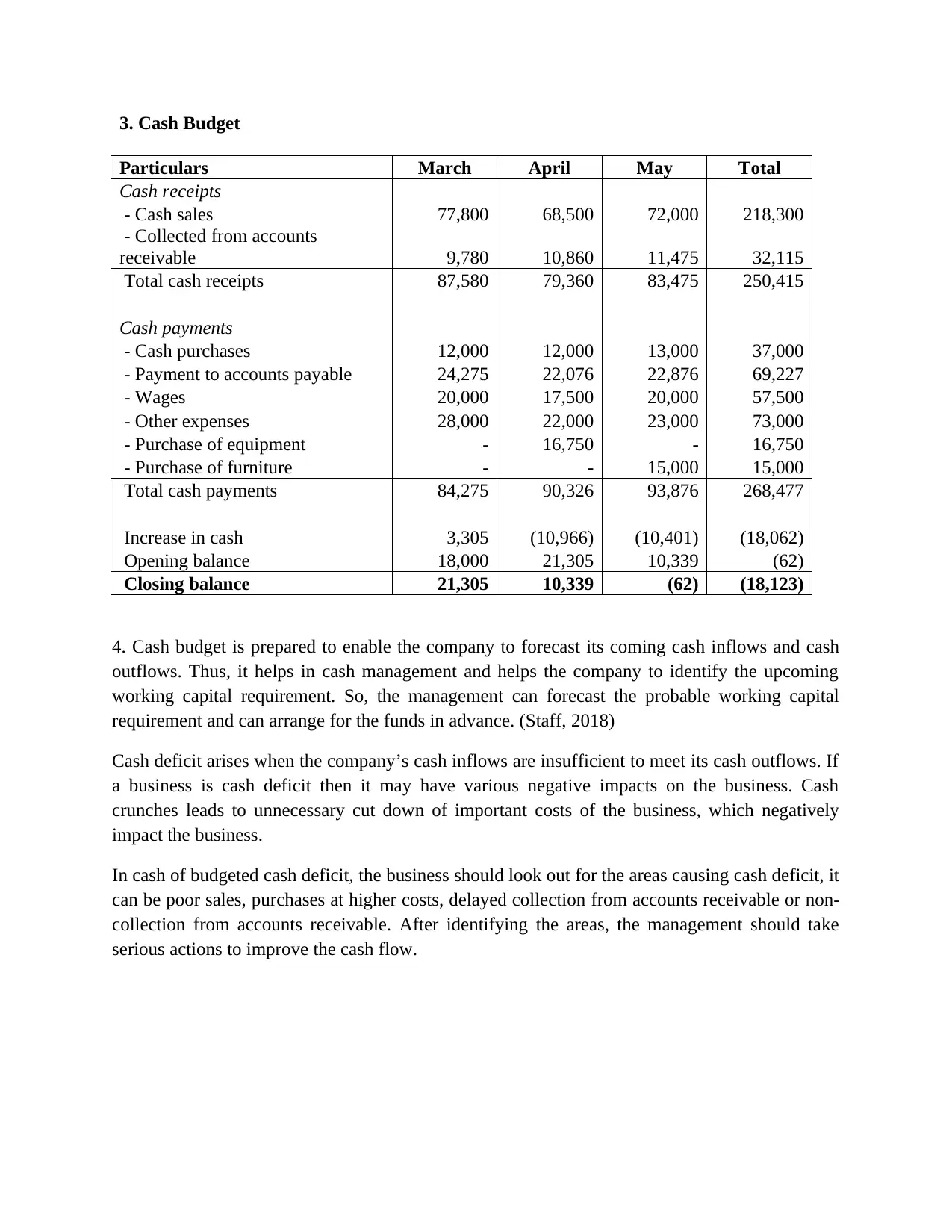Analysis of Ageing Schedule, Estimated Receipts and Payments, and Cash Budget for a Company
VerifiedAdded on 2023/06/04
|4
|736
|205
AI Summary
This article provides an analysis of the ageing schedule, estimated receipts and payments, and cash budget for a company. It highlights the importance of these schedules in managing working capital and identifies areas causing cash deficit. The article suggests ways to improve cash flow and manage working capital effectively.
Contribute Materials
Your contribution can guide someone’s learning journey. Share your
documents today.
1 out of 4










![[object Object]](/_next/static/media/star-bottom.7253800d.svg)